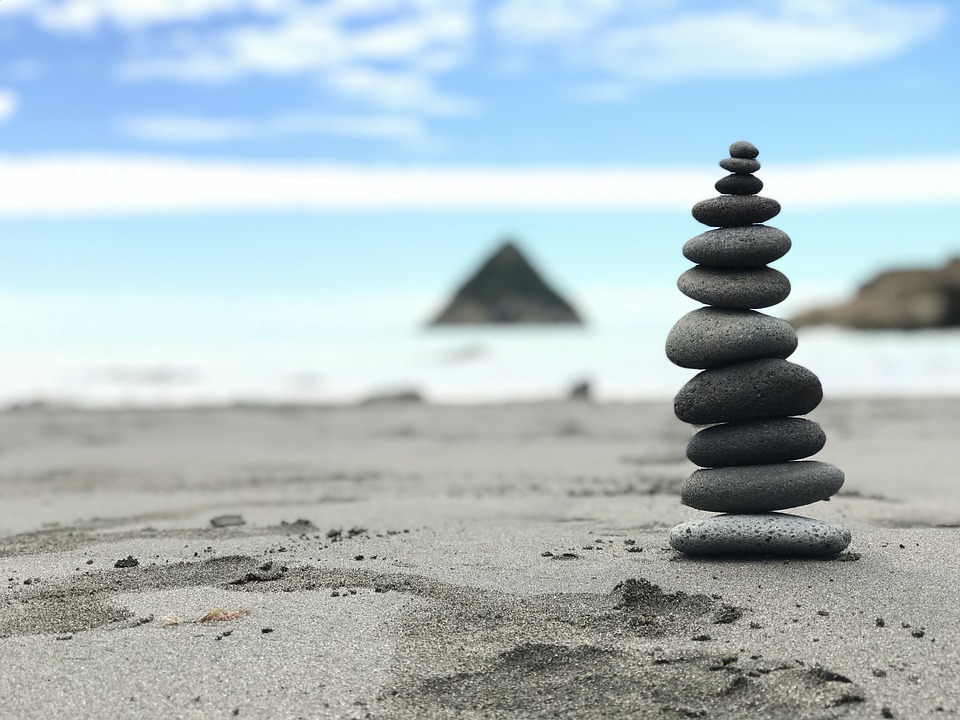WoVeN staff recently had the opportunity to watch a webinar about yoga, meditation, and mindfulness for healing from MST. This webinar was given by Susan Alden, the Executive Director of Warrior at Ease. She is a graduate of the United States Military Academy and served as a logistics officer in the 82nd Airborne and 3rd Infantry Divisions. Susan has been teaching yoga since 1997.
What are yoga, meditation, and mindfulness?
The Sanskrit word ‘yoga’ means ‘union’. This union refers to the connection between the mind and the body. Meditation is a technique used for resting the mind, turning inwards, and becoming still to increase self-awareness. Mindfulness means paying attention on purpose, in the present moment, and nonjudgmentally (Kabat-Zinn, 2017). Yoga, meditation, and mindfulness practices welcome everyone and will meet your mind and your body wherever is right and comfortable for you. There are many styles of these practices and people of all ages and backgrounds can experience and achieve the benefits of them.
Yoga, meditation, and mindfulness for survivors of MST
Yoga and meditation can play a major role in the healing and growth of trauma survivors, especially those who have experienced military sexual trauma (MST). Experiences of MST can cause survivors to disconnect with the body and cause a lot of body-related shame. It is common for MST survivors to also feel unsafe in their bodies, so it would make sense to think that a practice like yoga that can take on a large physical component might feel uncomfortable, or even impossible. However, Susan Alden of Warrior at Ease suggests that becoming familiar with the body again through yoga and meditation can help you recover from traumatic experiences in safe and healthy ways. Trauma experience s can increase one’s alertness and tendency to be on-guard, but yoga can help train the nervous system to safely down-regulate during times when the body needs to rest and relax.
Finding what works for you
Beginning a yoga or meditation practice, or picking it back up, can feel intimidating due to all the options that are out there and the levels of practice. Despite all of these options, you are ultimately the guide of your own practice and you get to choose what your practice will look and feel like. Decide what you’re looking for out of your practice and look for a class or teacher that will meet your specific needs. You may want to call a yoga studio ahead of time and ask if they are familiar with trauma-sensitive yoga, which helps students learn to calm the mind and regulate physical responses to emotions.
